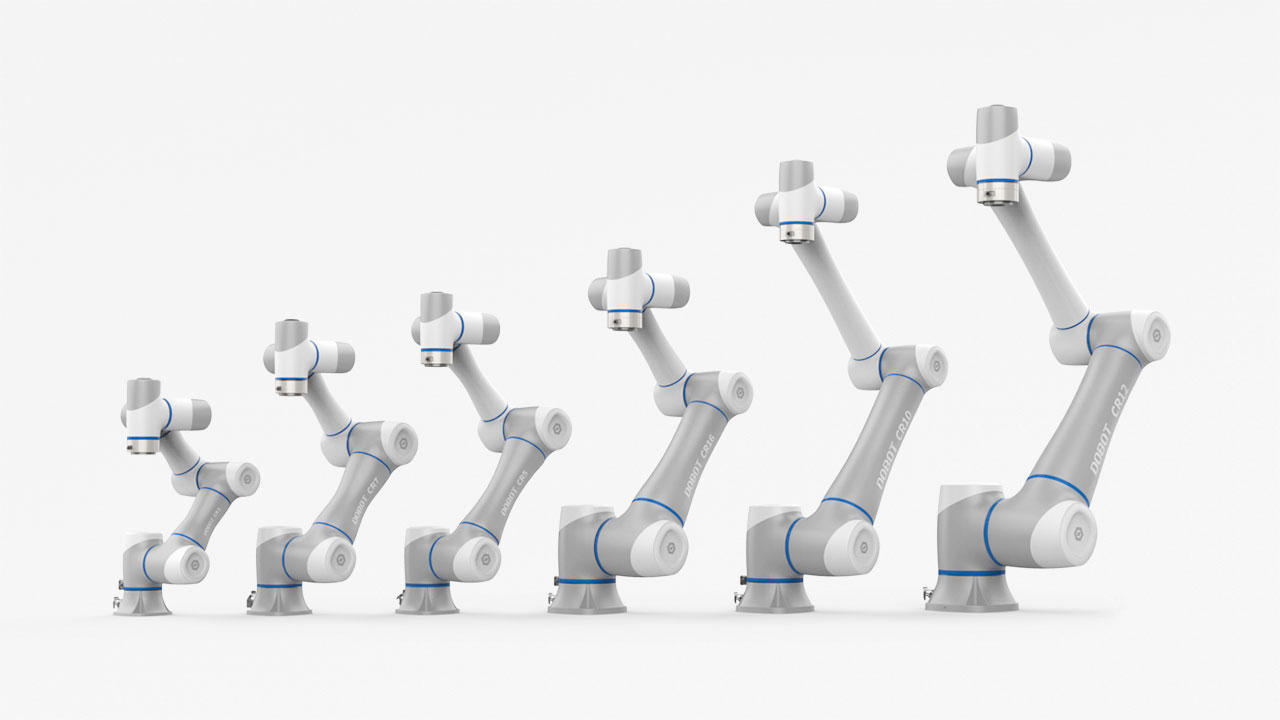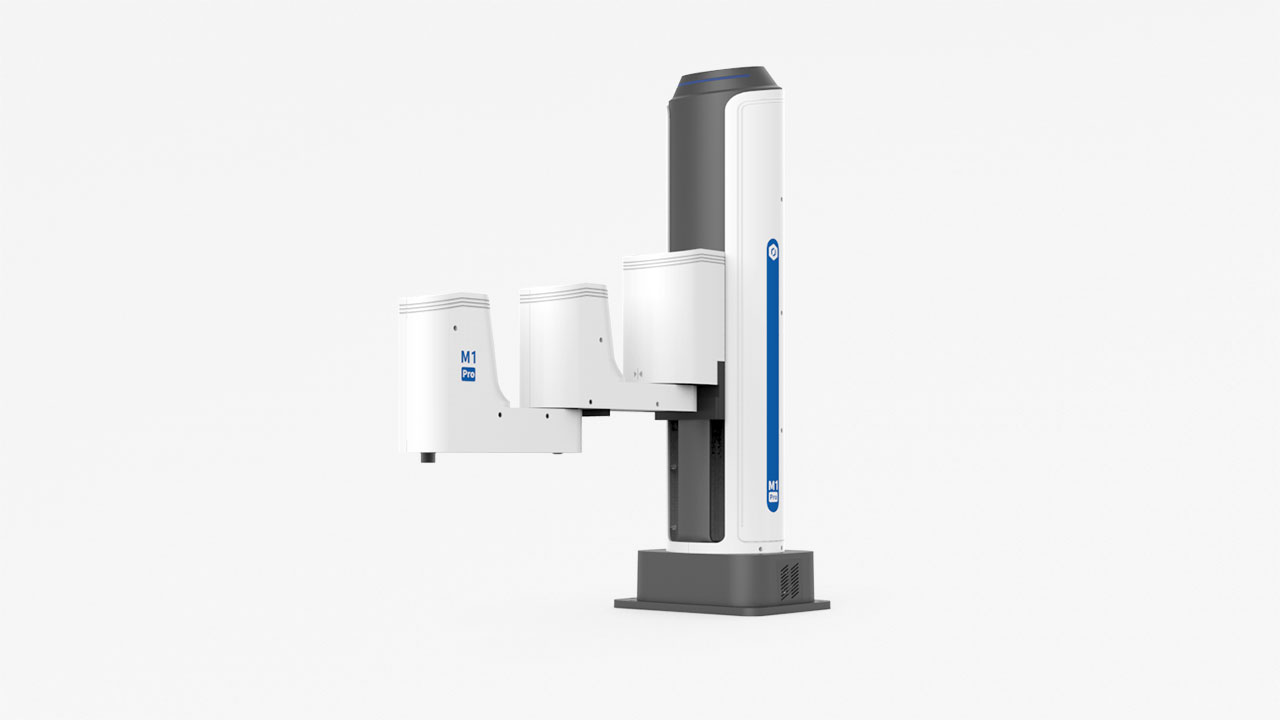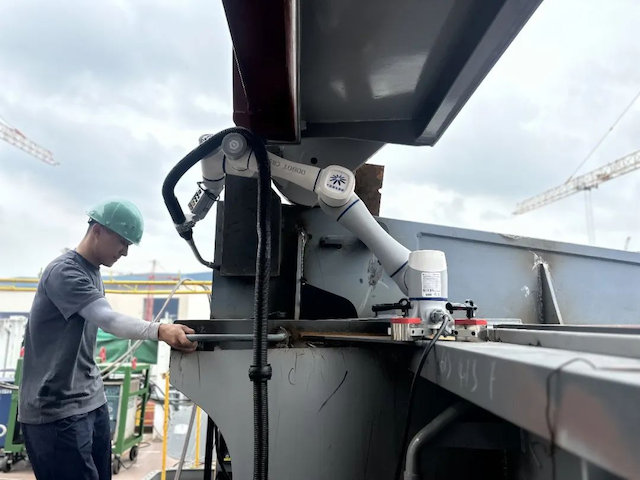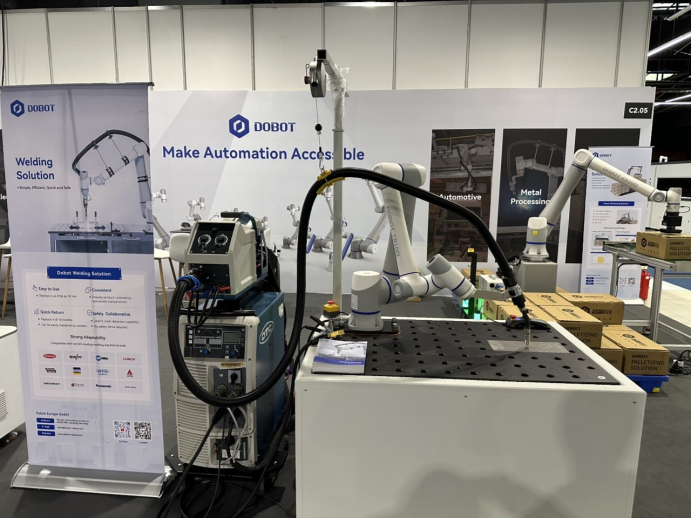As AI prevails in different fields and industries, AI robots have become a new technique that can efficiently reason about moving objects using more than just their fingertips.
There is an expectation that AI-manipulated robots will be convenient for humans in daily life such as babysitting, doing chores, cleaning up the sewer, etc.
Surprisingly, AI-manipulated robots are successfully explored to handle diverse human tasks such as sauteing and serving a piece of shrimp, opening a two-door wall cabinet to store heavy cooking pots, calling and entering an elevator, and lightly rinsing a used pan using a kitchen faucet.
Why AI Robot, Not Humanoid Robot?
Humanoid robots, which are designed to mimic the appearance and movement of the human body, have long been a focus of research and development in robotics. However, as AI technology advances, a new type of robot is emerging - the AI-manipulated robot. These robots are not designed to look like humans, but rather to leverage the power of AI to efficiently interact with and manipulate objects in their environment.
One of the key advantages of AI-manipulated robots over humanoid robots is their ability to reason about and interact with objects more efficiently and effectively. Humanoid robots are typically designed to mimic human physical capabilities, which can limit their ability to handle certain tasks that require dexterity, and strength, or reach beyond what a human can do.
In contrast, AI-manipulated robots can be designed with specialized appendages, sensors, and control systems that allow them to handle a wide range of objects and tasks with precision and efficiency. They can use advanced computer vision and object recognition algorithms to identify and interact with objects and can use machine learning techniques to continually improve their performance over time.
Why Explore AI Robots to Manipulate Objects with Their Whole Body?
Imagine you want to move a large and heavy box upstairs. You can spread your fingers, lift the box with both hands, then rest it on your forearms, leaning it against your chest to maintain balance, and use your whole body to maneuver the box. Or, faced with a large pile of extremely dirty dishes, prolonged soaking and detergent use can damage human hands. Robots can substitute and emulate human behavior to handle difficult tasks.
By using their whole body, AI-manipulated robots can exhibit increased dexterity, stability, and adaptability, allowing them to handle a broader range of tasks and objects with greater precision and control, while also reducing the risk of damage. This makes them well-suited for complex, high-strength, or delicate manipulation tasks.

Dobot X-Trainer Follows the Hand Control to Wash the Plates
Imitation Learning, A Human Behavior Cloning
Imitation learning has been effectively used for contact-rich manipulation planning, where robots seek to learn the optimal way to move objects. However, the vast number of potential contact points that robots must reason about makes this trial-and-error approach computationally intensive.
Researchers have found that a technique called "smoothing" enables reinforcement learning to perform remarkably well. Smoothing averages out many unimportant intermediate decisions, significantly reducing the problem's dimensionality.
By applying smoothing, reinforcement learning algorithms can more effectively explore the state-action space and learn optimal manipulation strategies. This integration of imitation learning and smoothing has been a key breakthrough, enabling AI-powered robots to assist humans in complex physical tasks requiring dexterous, full-body interactions.
A Winning Combination Method
Researchers found that while "smoothing" simplifies decision-making, searching for the remaining options is still challenging. So they integrated their model with an efficient search algorithm, reducing computation time to around 1 minute on a laptop. Testing in simulation and on real robotic arms showed their model-based approach matched reinforcement learning performance, but much faster.

Dobot X-Trainer Achieves Smooth Operation, Precise Motion
This integrated approach demonstrates the potential for AI-powered robots to seamlessly collaborate with humans on complex physical tasks. As robotics advances, we'll see more capable systems assisting in a wide range of real-world applications, maybe becoming a highly efficient housekeeper to replace humans will come to the truth shortly.














